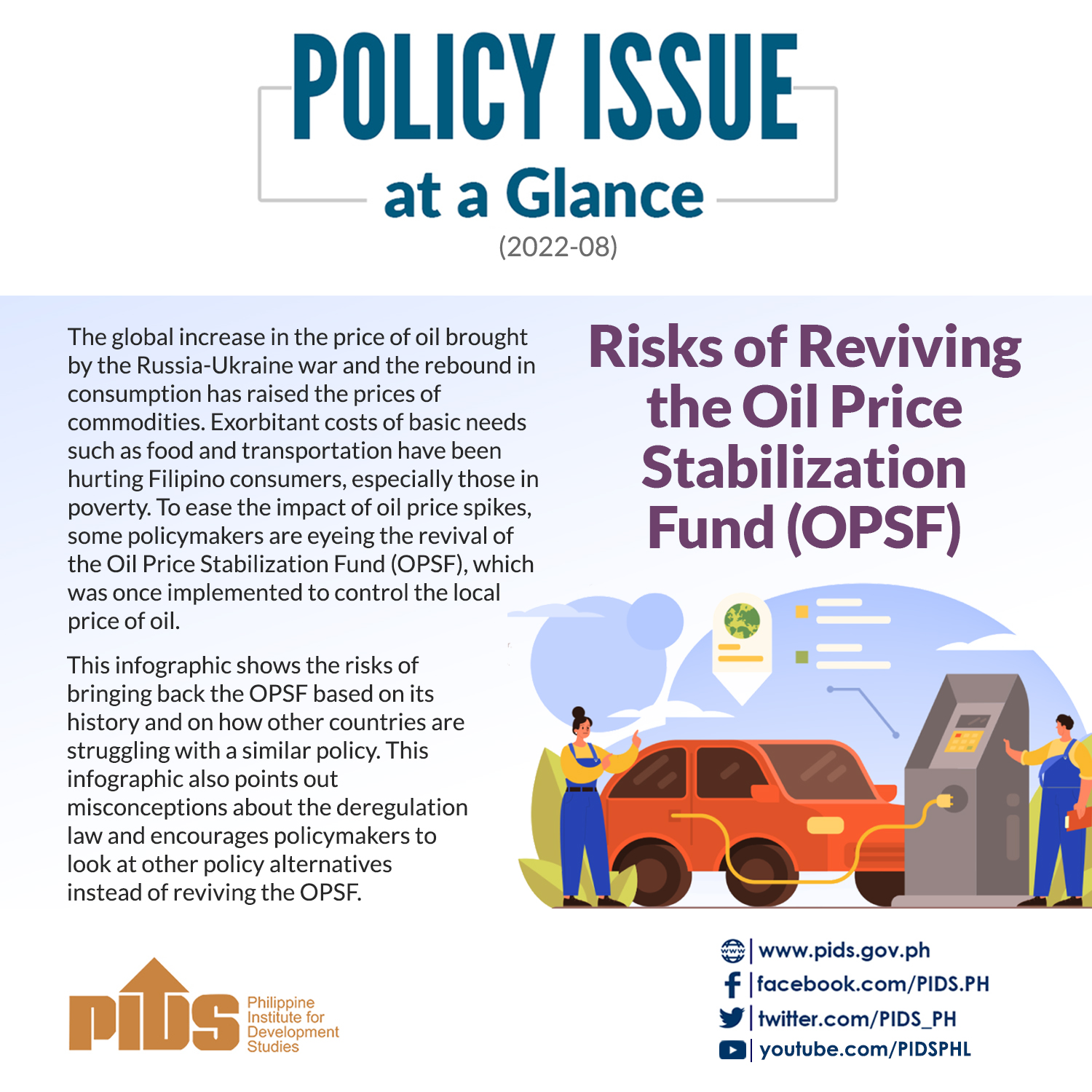There are countless awards—Entrepreneur of the Year, National Artists, Best Actress, Miss Universe, Asia CEO Awards, the Nobel Prize—but none as widely known that recognizes excellence in perhaps the most essential of duties, parenthood.
What price motherhood?
It is a labor of love, but it is labor nonetheless, mostly unremunerated, even as it makes a huge dent on a woman’s personal or professional productivity and fulfilment. Sociologists have an official word for the sacrifices our mothers make—the motherhood penalty. It is a phenomenon which puts women at a disadvantage in terms of pay, benefits, and perceived competence and commitment to a career or job once they become mothers.
The non-profit organization National Women’s Law Center (NWLC) estimates that the motherhood penalty is costing women $16,000 a year in lost wages. Having a child is disruptive enough to cause women to abandon their studies, interrupt their employment, pass up promotions, devote less time and effort on the job, or limit their choice of occupation to accommodate their childcare duties. Should they opt to be full-time mothers, granting their partners are willing and able to support them, theirs in most cases is unpaid labor 24/7—no leaves, no SSS, no PAG-IBIG, no pension or retirement pay to count on once they advance in age and empty the nest.
Among the highlights of a discussion paper on gender equality published by the Philippine Institute of Development Studies in 2018 is the finding that “labor force participation of women is influenced by their home responsibilities, such as care for younger children.” Aside from the number of offspring, the age of her child/children has an impact on a mother’s economic potential. The study listed these scenarios: “1.) If she has at least one child under one year old, the less likely she will be economically active; 2.) When she has at least one child between one and five years old, the less likely she will be in the labor force; 3.) If she has at least one child between five and eight years old, more likely she will not be in the labor force; 4.) If she were older when she had her first child, she would more likely be economically active.”
Although the demands of motherhood decline as the children grow up, working mothers continue to pay the longer-term penalty of having lost the time it takes to develop their skills, establish themselves, grow their wages, and secure tenure.
We Filipinos score high on the gender parity game. Since 2006, despite a few dips in recent years, the World Economic Forum has listed the Philippines as the best performer in gender development outcomes in the Association of Southeast Asian Nations (ASEAN).
But our love and gratitude notwithstanding, our mothers’ labors, in measures tangible, remain unpaid.

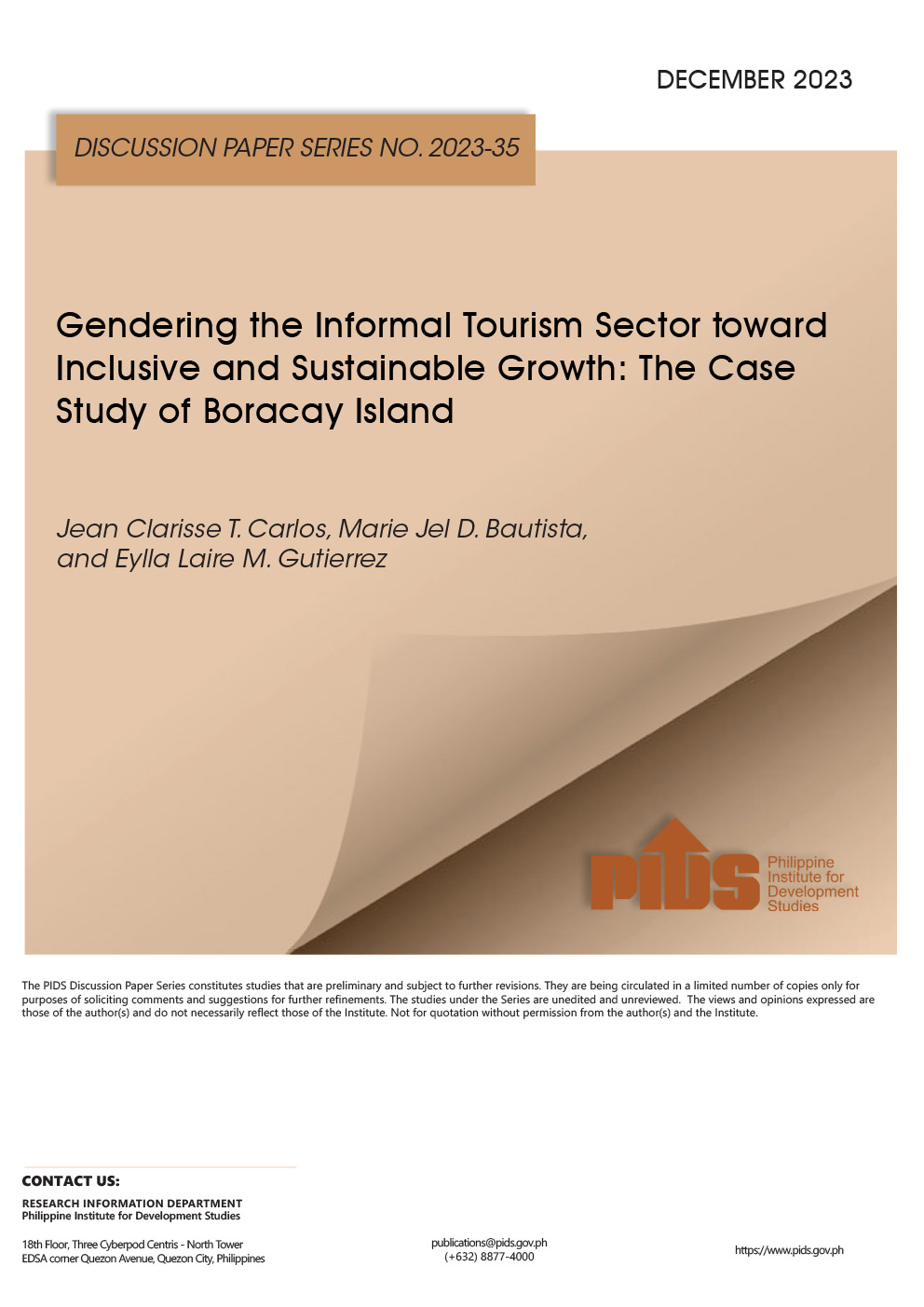
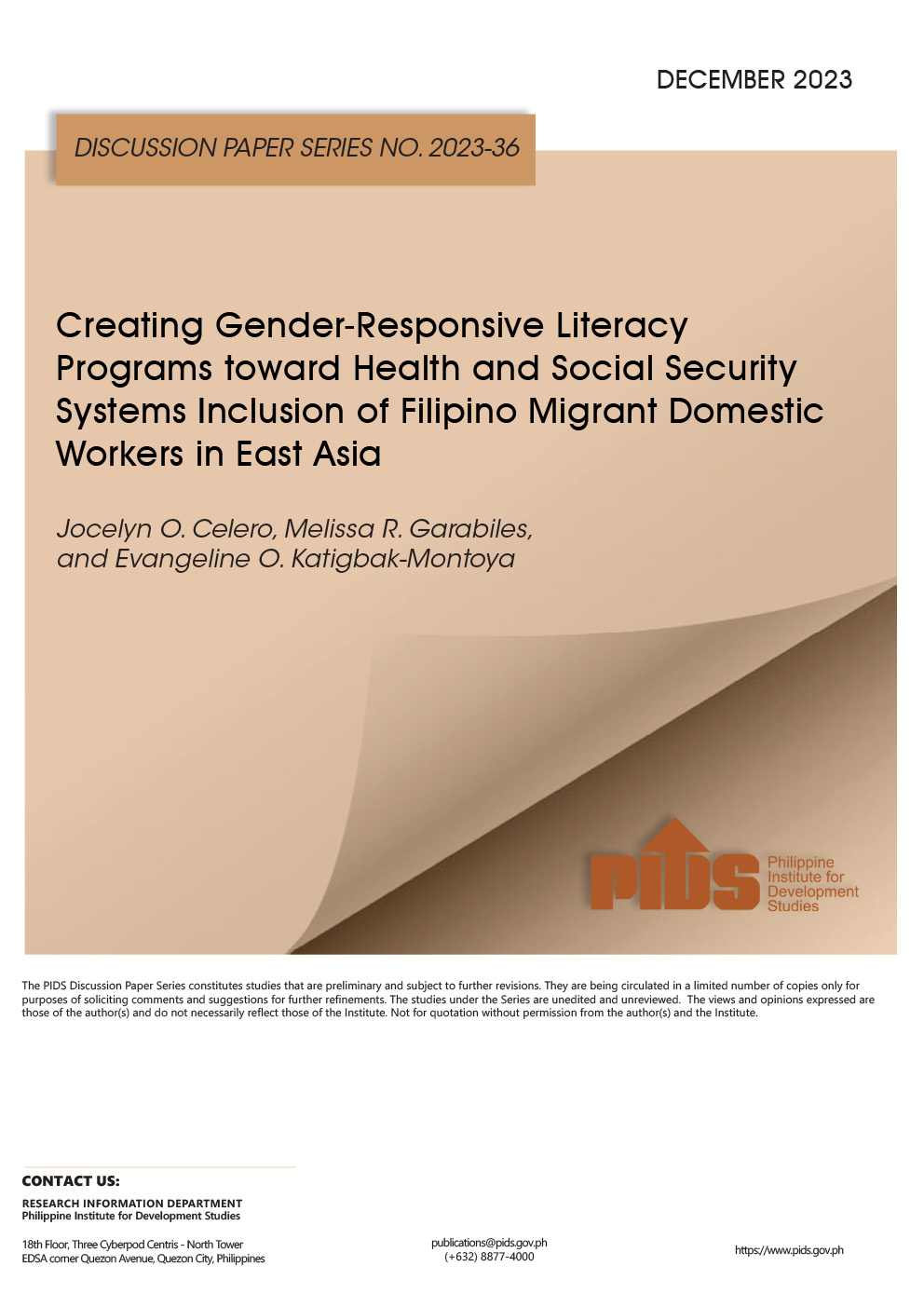
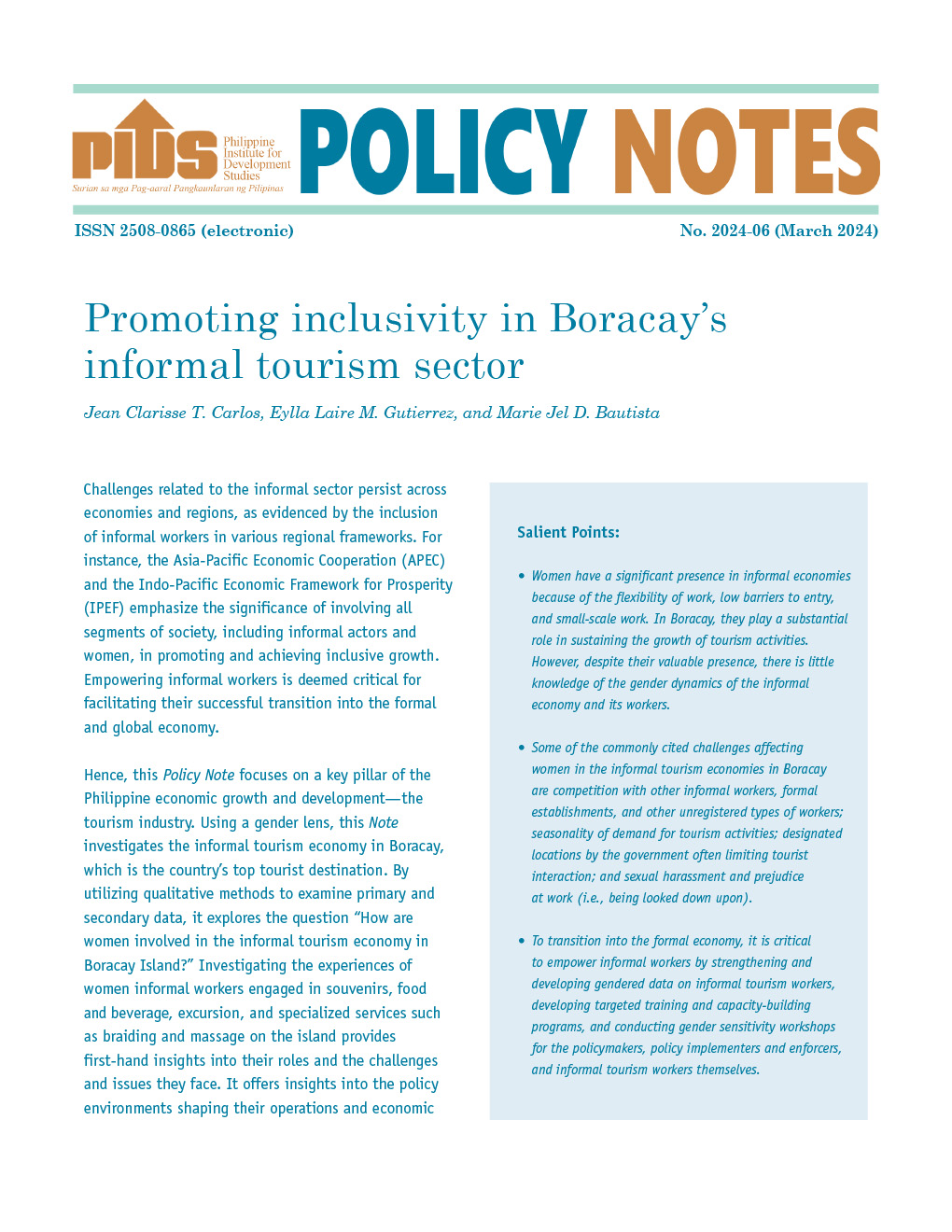
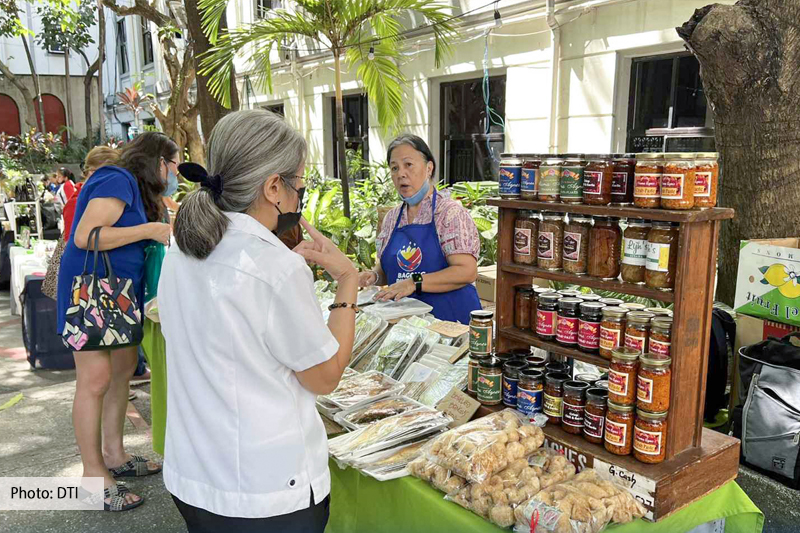



.jpg)

